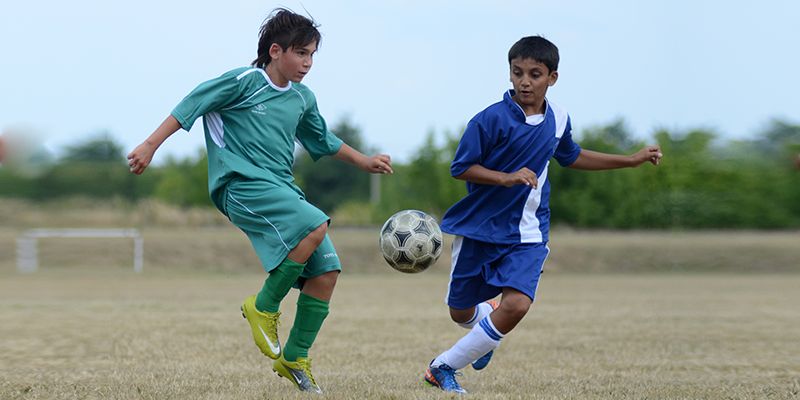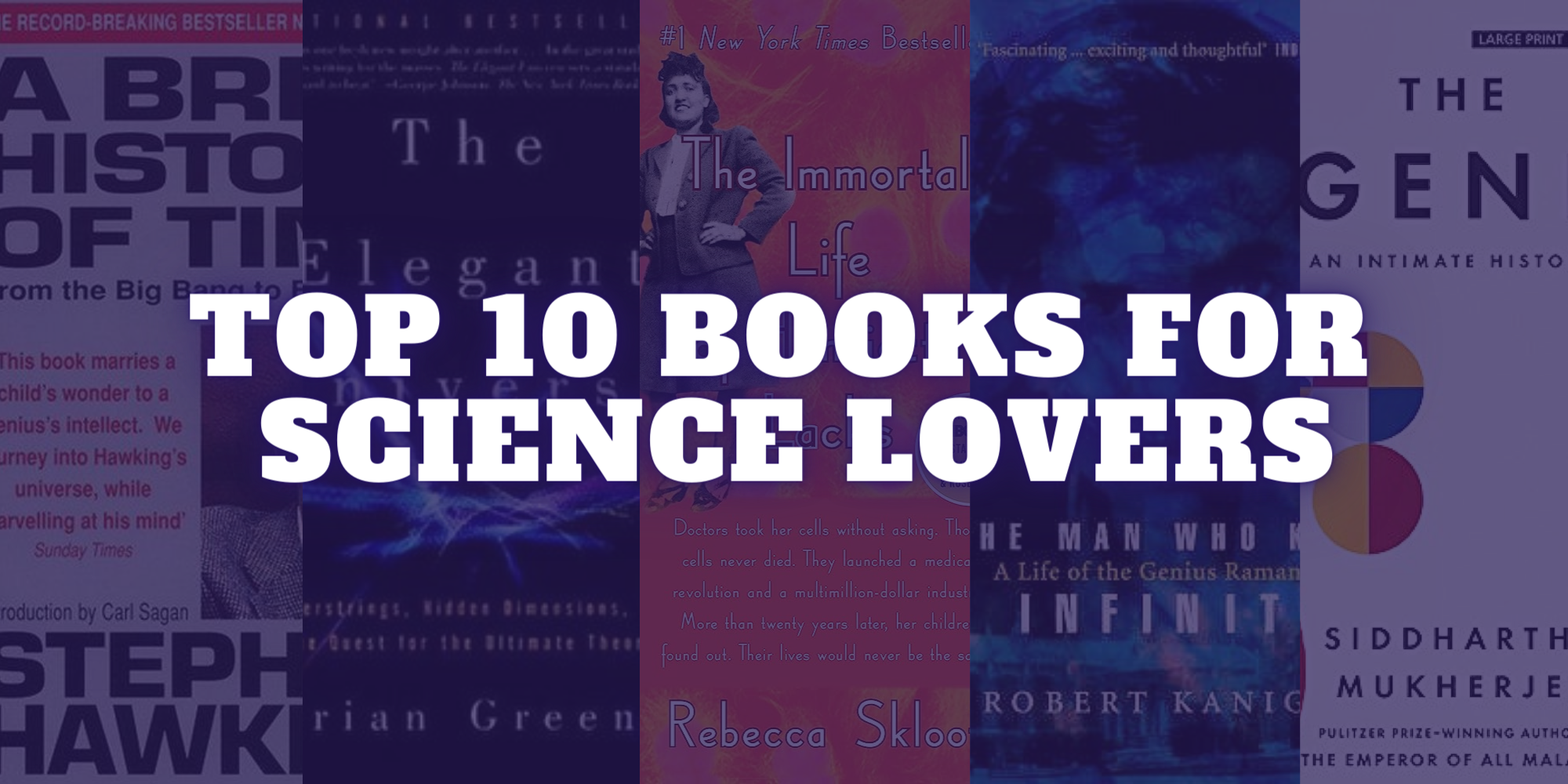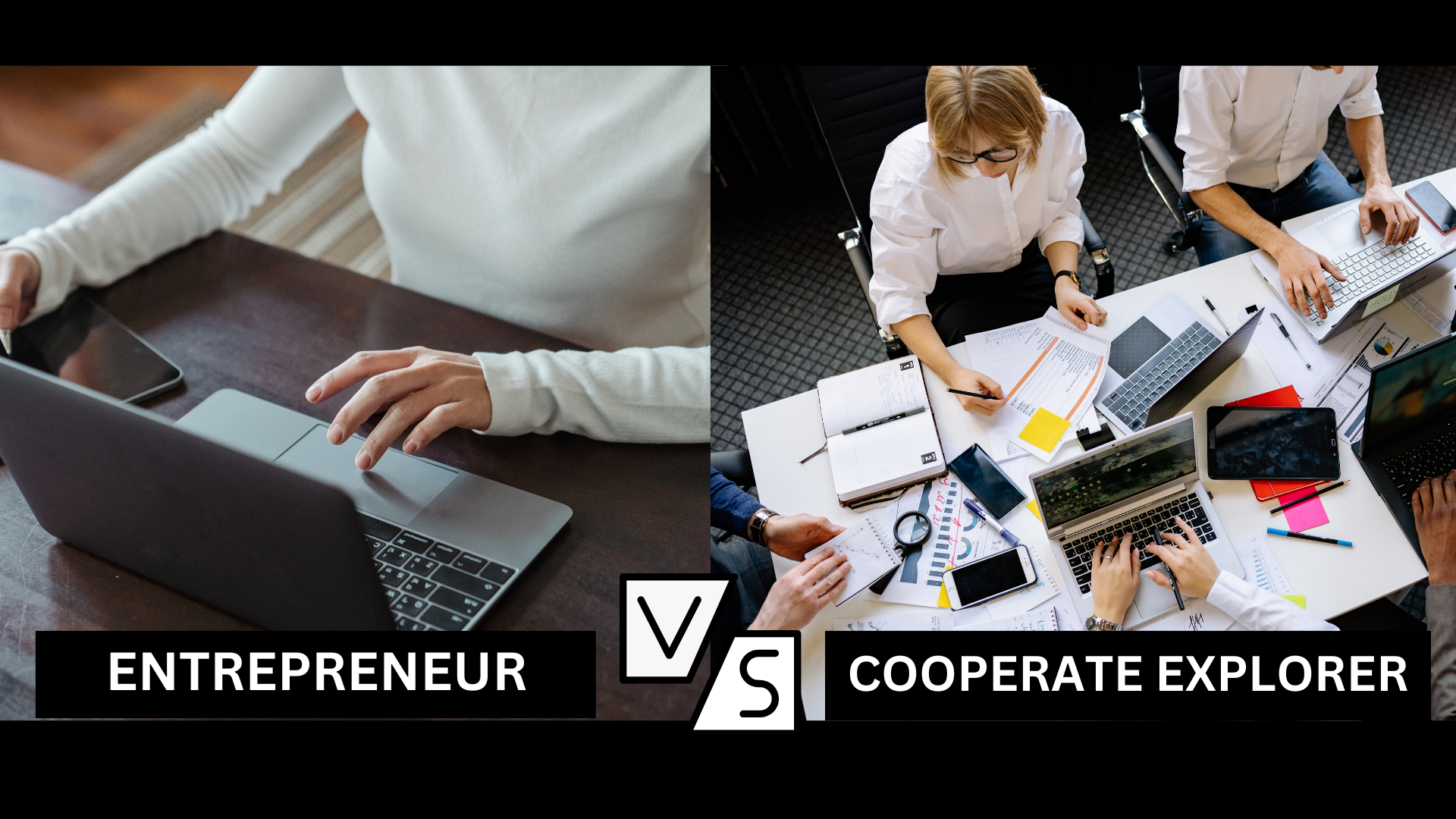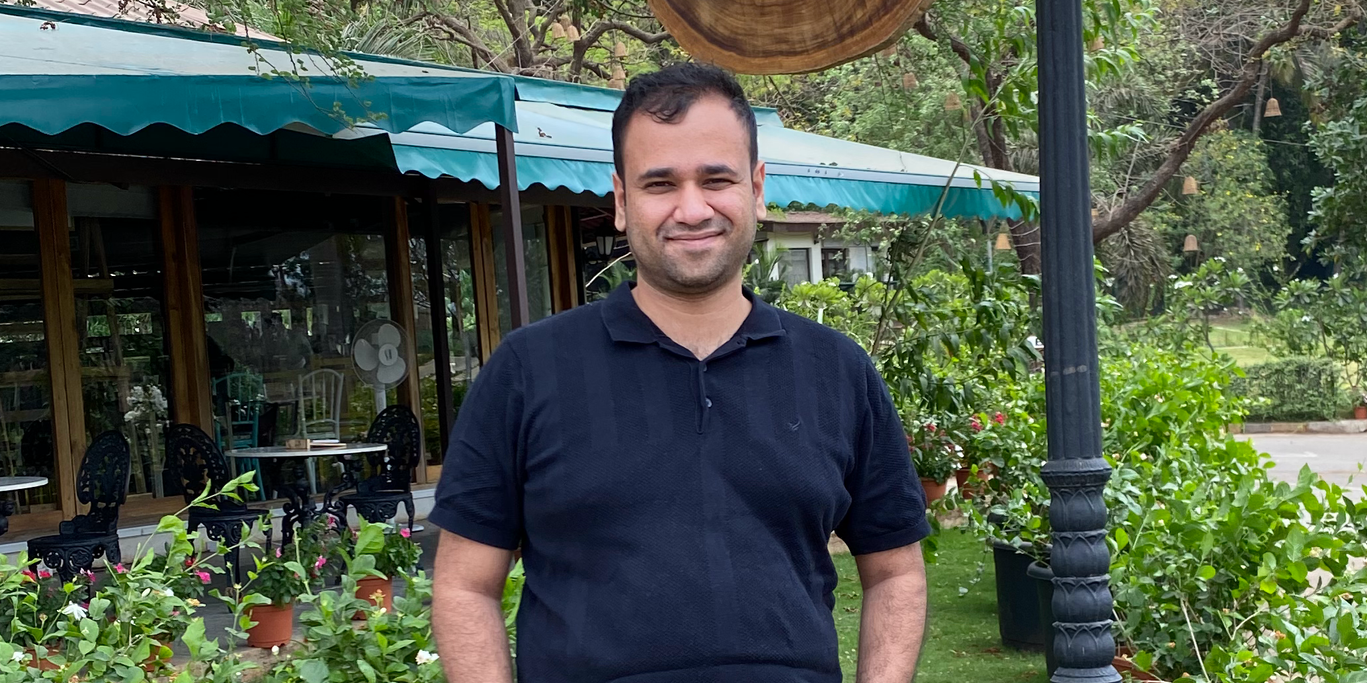Time Out: Smartphone app detects concussions on the field
Just in time for the fall sports season, researchers are developing an AI-powered app that detects concussions right on the playing field.
Despite grabbing recent headlines, football players aren’t the only ones at risk. Girls soccer has the highest rate of concussions per player. Basketball, wrestling, volleyball, lacrosse — in just about any sport, players can suffer brain injuries.

In the US, as many as 45 million kids play sports, and 1 million to 2 million of them suffer concussions annually. A number of widely publicized studies of professional and amateur football players link multiple concussions to chronic traumatic encephalopathy, a degenerative neurological disease. Brain injuries can also cause cognitive problems and, sometimes, death.
Despite these hazards, there’s been no surefire way to diagnose a concussion outside a hospital, says Alex Mariakakis, a fifth-year doctoral student at the University of Washington(UW).
So Mariakakis invented one. Working with a team of UW researchers and clinicians, he is using GPU-accelerated deep learning to create an app that detects concussions and other traumatic brain injuries with nothing more than a smartphone camera and 3D-printed box.
“Middle and high school teams seldom have a trained clinician on the sidelines,” he said. “It’s a volunteer parent or coach who has to make the call. The tests are subjective, and it’s easy to miss cases.”
The eyes have it
In a concussion, the brain is jostled inside the skull, which can damage regions that control how the eyes respond to light. The app, called PupilScreen, assesses the pupil’s response to light almost as well as a pupilometer, an expensive machine found only in clinical settings.
PupilScreen uses the smartphone’s flash to stimulate the patient’s eyes and the video camera to record a three-second video. To develop the app, the team trained a neural network to determine which pixels belong to the pupil in each video frame and measure the changes in pupil size across those frames.
In a pilot study of 42 patients with and without traumatic brain injury, the app tracked pupil size almost as well the pupilometer. When they tested their prototype on six patients, doctors made diagnoses with almost perfect accuracy using the app’s output alone.
Existing tools lacking
Looking into a person’s eyes has long been a way to quickly assess brain injury. Medical professionals and others charged with detecting concussions commonly use a special penlight to see how a person’s eyes respond to light.
But the penlight test isn’t standardized, the researchers said. It also requires some skill, so results vary by the expertise of the individual conducting the test.
Other common concussion detection tools won’t work when someone is unconscious, Mariakakis said, and must be compared with a baseline test done at the beginning of the season. Not all children get baseline tests, and some have questioned their reliability.
On the field
The original PupilScreen design required users to insert the smartphone into a special cardboard box so researchers could control the distance between the phone and the player’s face, as well as the amount of light shining into the eyes.
That makes pupil measurement more precise. But the box made the device more difficult to use, especially on an unconscious person, so the team is doing away with it. Although the new design will be slightly less precise, researchers said it’s a big step up from the penlight test because it’s quantitative rather than subjective.
“We want to remove the burden from parents and put it on the phone,” Mariakakis said. A broader clinical study this fall will put PupilScreen in the hands of doctors and emergency medical technicians to gather more data on which aspects of pupil response are most helpful in determining ambiguous cases of concussion.
The researchers hope to release a commercially available version of PupilScreen within two years.
(Disclaimer: The views and opinions expressed in this article are those of the author and do not necessarily reflect the views of YourStory.)








![[Startup Bharat] Y Combinator-backed BeWell Digital is enabling the digital transformation of radiologists](https://images.yourstory.com/cs/2/40d66ae0f37111eb854989d40ab39087/ImagesFrames31-1648033042143.png)


